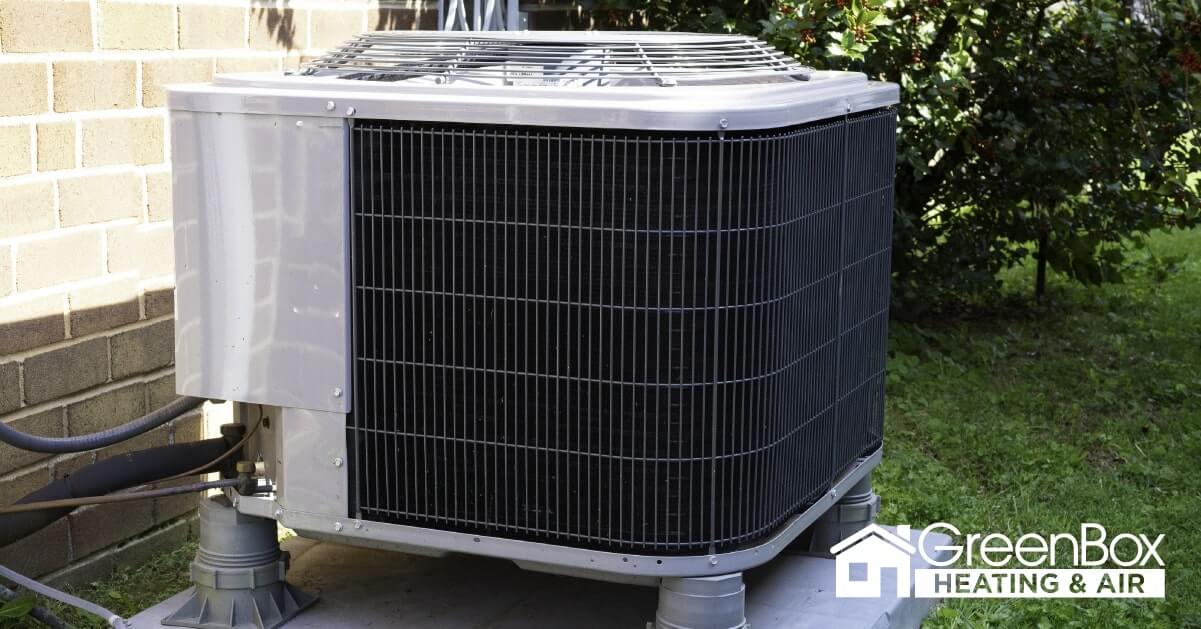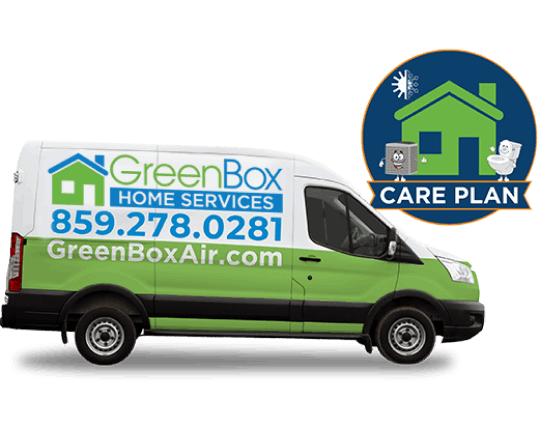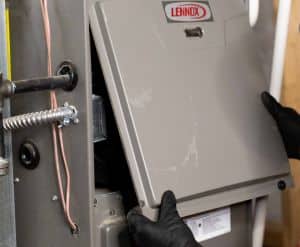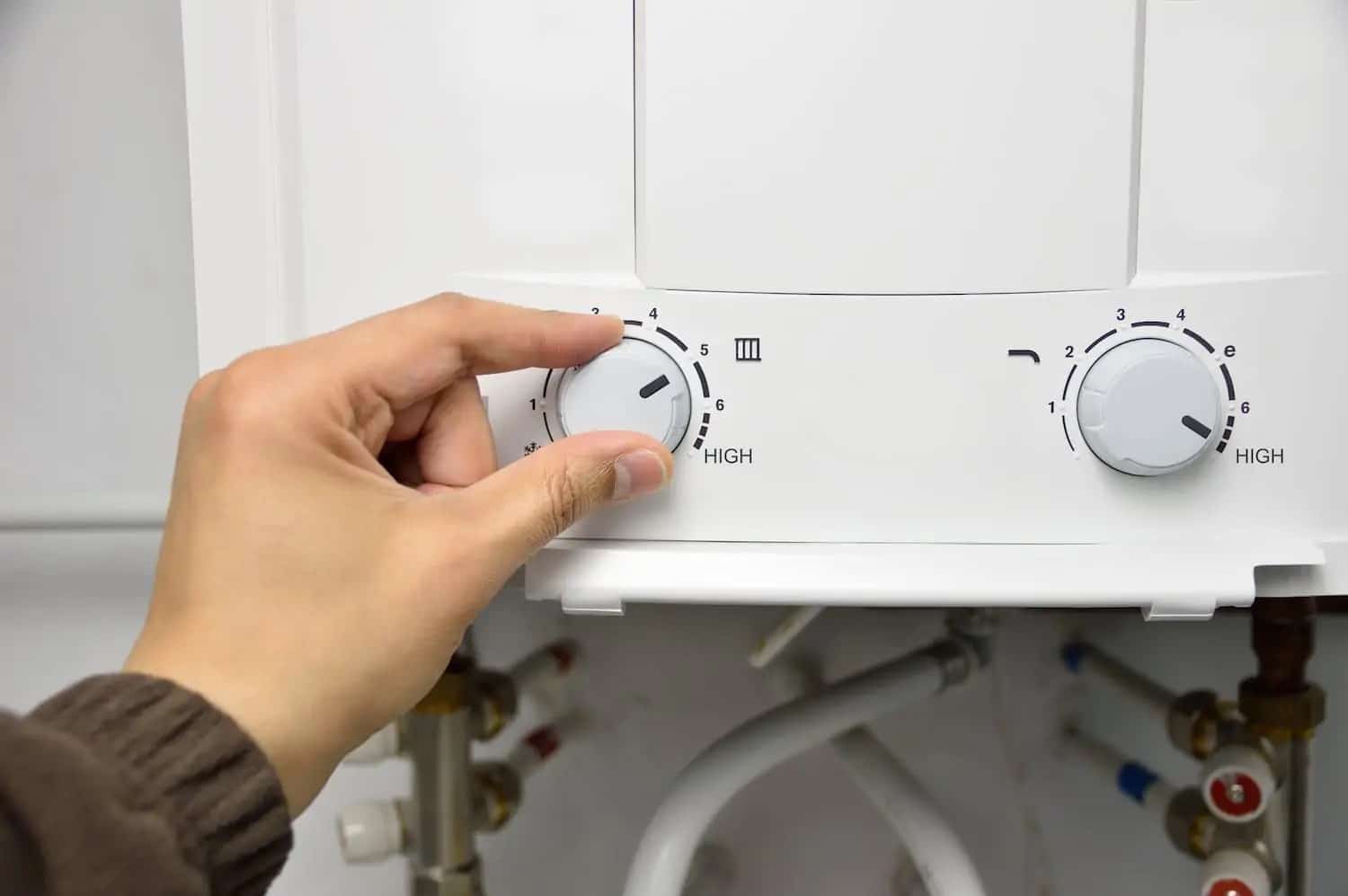How to Extend the life of your HVAC

Living in a home today is more than just maintaining four walls and a roof. Many systems keep our lives comfortable, such as the heating and cooling systems, aka HVAC. The HVAC in your home is much like others, needs regular seasonal upkeep, occasional duct cleaning, changing filters, and other routine maintenance checks to keep running at peak performance.
However, even with regular checkups, HVACs simply don’t last forever. Energy Star, a US Environmental Protection Agency program, and the US Department of Energy strongly recommend replacing existing HVAC systems every ten years. Although many newer energy-efficient units can run up to 15 years, check when it was initially installed to find out the actual age of the unit.
Energy Star began labeling HVAC products and parts in 1995 to reduce carbon emissions and greenhouse gasses emitted from everyday household use.
When thinking about investing in a newer, more energy-efficient HVAC system, whether for your home or commercial building, look for the Energy Star appliance label. Energy Star began labeling HVAC products and parts in 1995 to reduce carbon emissions and greenhouse gasses emitted from everyday household use. Energy Star labeled products go through rigorous testing to ensure quality and lowering energy bills.
Replace your HVAC system every 10-15 years for maximum energy savings and efficiency.
The HVAC system in your home is more than just heating and cooling; it’s your indoor atmosphere. Regular HVAC maintenance can help keep the air and temperature around you clean and comfortable, but upgrading your 10-year-old HVAC can not only keep your atmosphere at peak performance, but it can also aid the outdoor atmosphere as well.
To find out more about the Energy Star Program and what products meet their standard, please visit www.energystar.gov.





